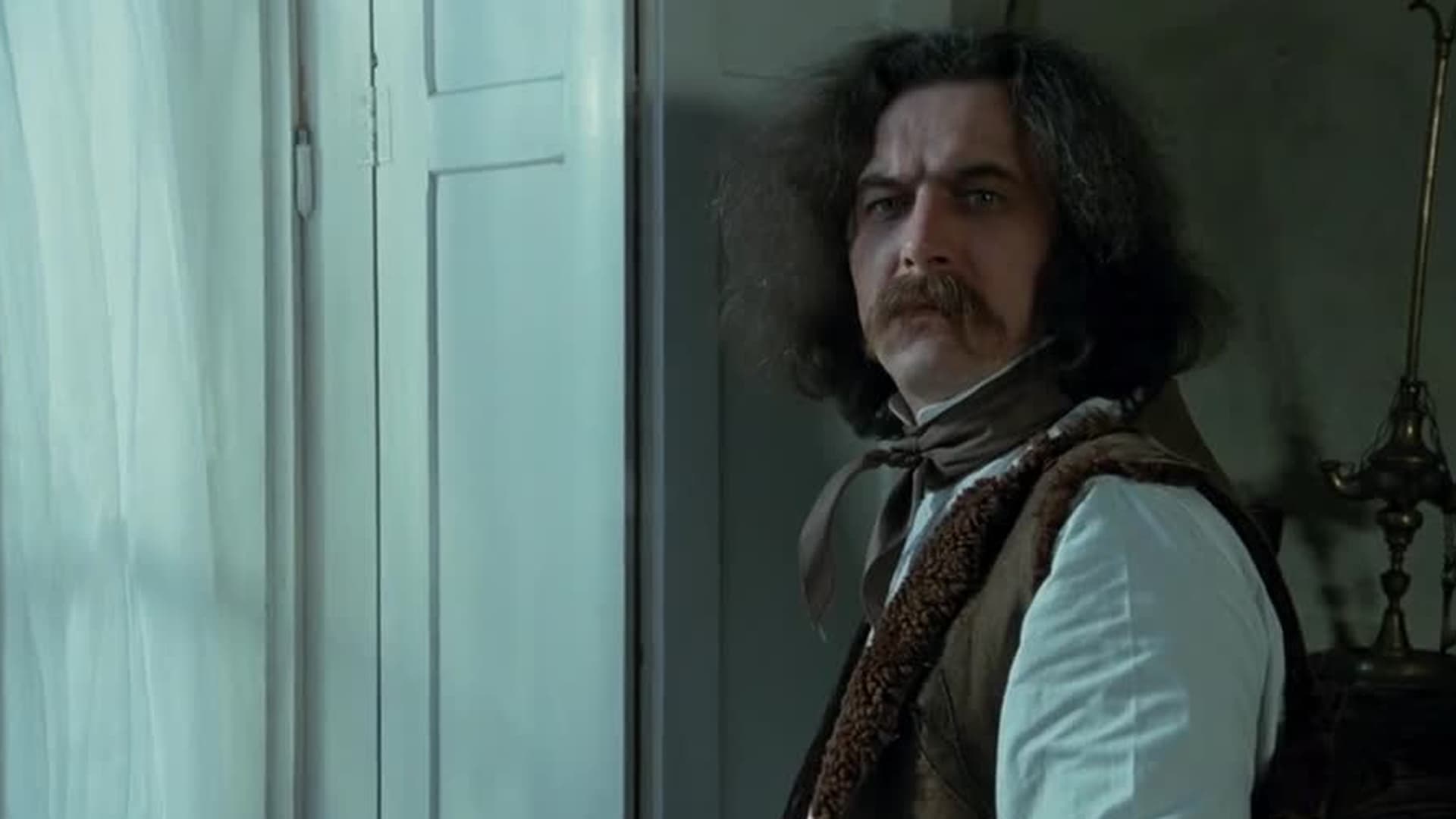
Creatures from the Abyss, 1994
A handful of teenagers go out for a day of fun in a motorboat, but find themselves stranded in the middle of the ocean when they run out of gas during a storm. Luckily (or not), they come across an extravagant-but-abandoned yacht where the former occupants seem to have been conducting experiments on some very strange creatures.
Bizarre and containing a few surprisingly effective moments, this one has all the joys of a camp favorite.
There’s a certain manic quality to this film that serves it well for a shocking amount of the runtime. The basic template of the plot is one familiar to anyone who watches a decent amount of horror: a group of young people stumbling over the remnants of science gone wrong. But it’s the details and unique touches that sustain a jittery energy where you’re not sure if you’re laughing with the movie, at the movie, or if you shouldn’t be laughing at all.
In the bigger picture, you have things like the sharp-toothed fish that fill jars and are frequently displayed/restrained in systems that make it look like they are being tortured, not studied. Two different characters, victims of a strange ooze aboard the yacht, engage in a sex scene that is incredibly disturbing and gross. (I can’t remember the last time a movie made me actually say out loud “Oh, gross!”, but this film is the current holder of that dubious title).
But there are also the little touches. The yacht has an AI computer that controls several functions, like the shower. But why oh why is that AI program a perpetually horny woman? Multiple times we watch characters take showers as the AI voice purrs at them “Mmmmmm. Now use your fingers.” If you say so, shower computer! The characters seem only vaguely aware of this lusty narration, which adds to the surreal and funny nature of it. (Naturally the film serves up a female character taking a sexy shower because whoever wants to be accused of originality?).
Maybe the best thing that this movie has to offer up is the total lack of predictability. And I’m not just talking about who will live or die, or when or how. I’m talking about a plot twist suddenly revolving around the scientific discovery that some of the evil fish might also be gay. Or the totally unhinged developments as one of the characters deals with the fallout of consuming some of the wicked plankton. This is a movie that, for better or for worse, keeps you on your toes. And to the film’s credit, 95% of the time it ends up serving something genuinely interesting or so out of left field that it demands your attention.
I think that some people will be more mixed on the other, um, distinct elements of this film. There’s constantly a fish-eye lens used to shoot creatures stalking the main characters, at times coming right up to them. The dubbing is so jarring in certain scenes that even as someone who doesn’t normally notice dubbing that much, I was like “Dang.” There’s also a total lack of consistency when it comes to the tone. One moment, characters seem genuinely distressed about each others’ safety, and not a minute later one of the same characters is making a joke about a friend’s death.
And one place that the movie is predictable is in its use of sexual violence and exploitative-feeling nudity. Even in a movie where I’m laughing at the horny, sentient shower, I’m going to roll my eyes at a pointless full body shot of a woman showering. Likewise, I didn’t think that the movie needed to use so much rape imagery when part of the point of the creatures seems to be their ability to steer behavior. Obviously this stuff isn’t unexpected, but it’s always disappointing in horror movies that feel out-of-the-box that sexual violence is the one gravitational pull that no one can resist apparently.
Recommended, but you have to imagine that the font of that recommendation is Comic Sans.












